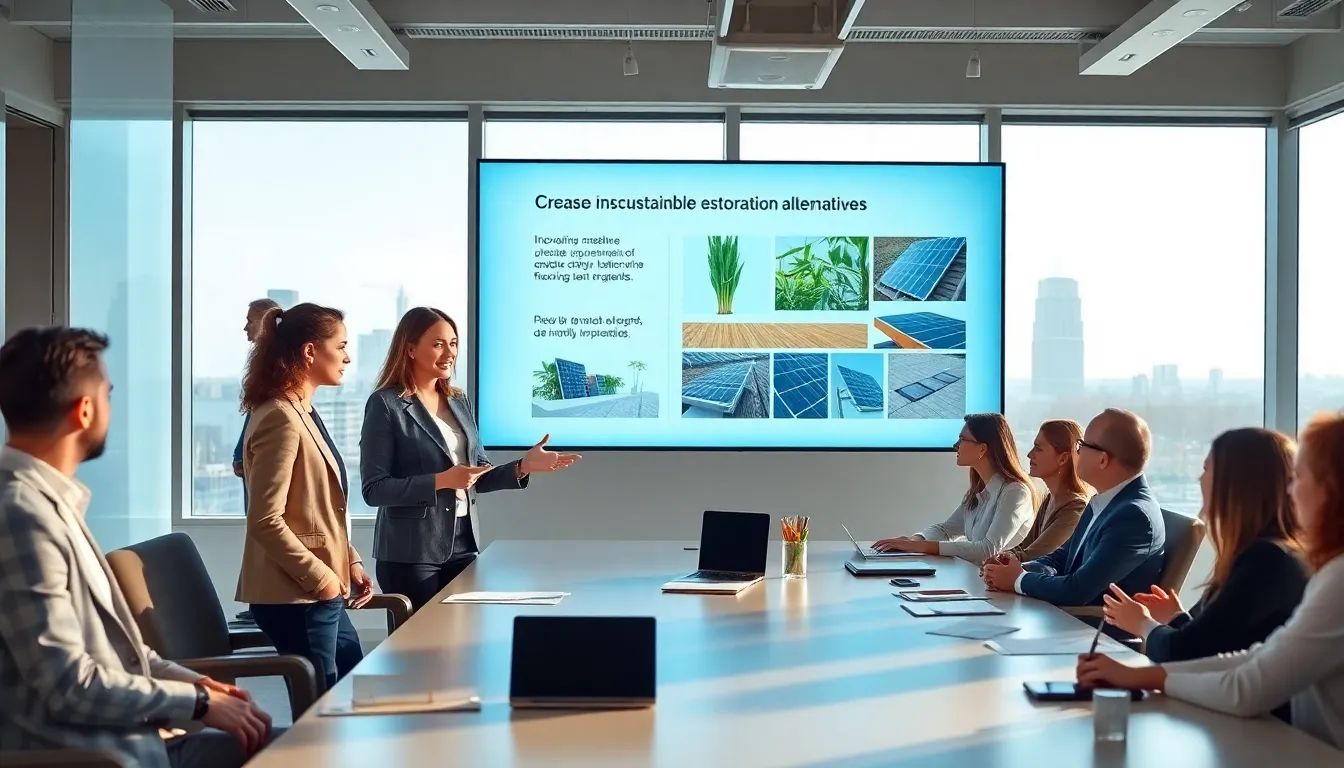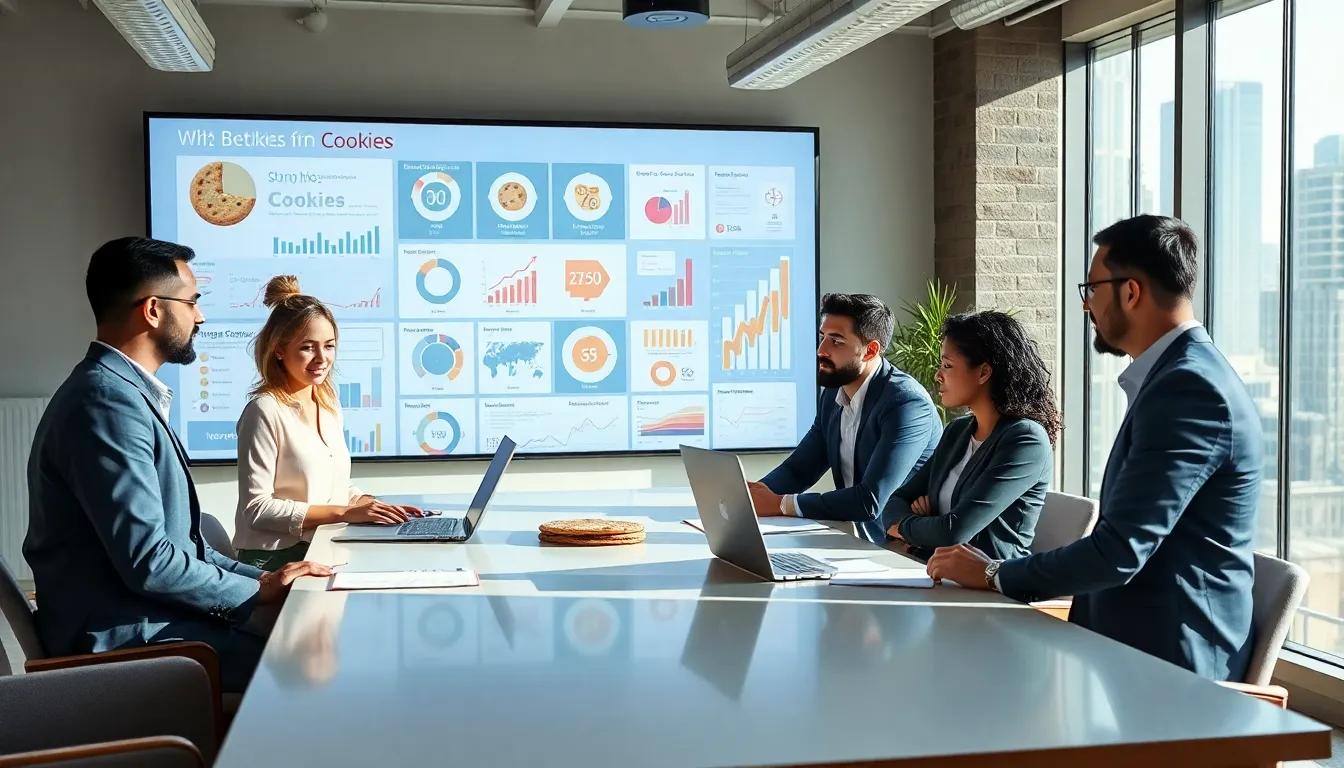In the realm of restoration, options abound, much like a buffet where good taste and quality often don’t overlap. The key is knowing what’s worth your time and investment. With so many alternatives available, choosing the right one can feel like a wild goose chase. But fear not. Our exploration into the top restoration alternatives will not only save your wallet but also the planet, while offering innovative insights that might just blow your mind. So, buckle up and let’s dive right into the world of restoration options that won’t have you pulling your hair out.
Table of Contents
ToggleUnderstanding Restoration Alternatives

Restoration alternatives come in varied shapes and sizes. At its core, restoration involves returning something to its original state, or, in some cases, elevating it beyond that. Let’s break it down. First, we need to consider traditional methods, which often rely heavily on energy-intensive processes. Unfortunately, such methods can be costly and not the most eco-conscious choice.
Then there are innovative alternatives, which leverage new technologies and techniques to achieve impressive results without very costly or leaving a nasty carbon footprint. From using recycled materials to integrating advanced machinery, the landscape of restoration is shifting and evolving. Also, understanding these options allows both individuals and organizations to make informed decisions that reflect their values, whether those are sustainability, cost, or aesthetics.
Eco-Friendly Restoration Options
For the environmentally conscious, eco-friendly restoration options are a breath of fresh air. These alternatives prioritize sustainability without sacrificing quality. Imagine restoring your property while hugging a tree and reducing your carbon footprint at the same time, sounds like a win-win, right?
One popular eco-friendly option involves using sustainable materials instead of conventional ones. For example, bamboo flooring or reclaimed wood can provide rustic charm while being kinder to the environment. Besides, low-VOC (Volatile Organic Compounds) paints ensure that the air quality remains healthy during and after restoration.
Solar energy is another remarkable alternative. By incorporating solar technology into restoration projects, not only do you reduce energy costs, but you also enhance the property’s value. Consider the endless potential natural materials may hold in making your restoration project both impactful and stylish.
Cost-Effective Restoration Strategies
Restoration projects can often stretch budgets thinner than a pancake. Why not employ strategies that save both your funds and sanity? Cost-effective restoration strategies focus on maximizing efficiency while minimizing unnecessary expenses.
One effective strategy is to prioritize repairs over full replacements. Sometimes a simple patch or touch-up can save a fortune and keep the integrity of the structure intact. Also, local sourcing of materials not only reduces shipping costs but also supports your community. DIY projects can be a great way to cut costs. A little elbow grease can go a long way, provided you have the right tools and knowledge to avoid common mishaps.
Finally, always aim for transparent pricing by obtaining multiple quotes. This approach allows you to negotiate and find an option that won’t leave your wallet feeling light.
Innovative Restoration Technologies
Technology is revolutionizing the restoration industry, paving the way for techniques that previously seemed like science fiction. 3D printing, for instance, is transforming how we approach restoration projects. Imagine being able to print a custom part for your home that’s no longer manufactured, game-changer.
Drones are playing a significant role in inspecting hard-to-reach areas, ensuring that every corner of a property is accounted for. Meanwhile, augmented reality helps visualize potential restorations before they happen, allowing homeowners to see the end result in real-time. Novel materials like bio-based composites offer both durability and sustainability, indicating where innovation meets practicality.
Finally, leveraging big data analytics can provide valuable insights into the most effective restoration practices based on various environmental factors. It’s all about utilizing technology to enhance efficiency without compromising quality.
Case Studies of Successful Restoration Projects
Nothing speaks louder than real-world examples. Successful restoration projects across the globe highlight innovative methods and strategies that have yielded remarkable results. One noteworthy project involved a historic building in Boston, where the use of reclaimed materials not only preserved its historical integrity but also saved approximately 30% in material costs.
In another instance, a family successfully transformed their flood-damaged home into a model of resilience by integrating advanced drainage systems and eco-friendly materials. This project became a model for community resilience studies, showcasing adaptability and vision.
Besides, urban areas across the country are utilizing retrofitting techniques to enhance sustainability in older buildings. These case studies offer invaluable lessons that serve as inspiration for any restoration initiative, showcasing that thoughtful approaches matter.
Tips for Choosing the Right Restoration Alternative
Before diving into a restoration project, it’s crucial to choose the right alternative wisely. Here are some handy tips:
- Assess Needs: Determine the specific needs of the project first. Is it about aesthetics, functionality, or sustainability?
- Research Options: Don’t immerse headfirst. Take the time to research various alternatives, weighing their pros and cons.
- Consult with Experts: Sometimes, a conversation with a restoration professional can reveal options you may overlook. Seek out experts who specialize in your area of interest.
- Monitor the Budget: Keep a close eye on your budget during the selection process to prevent surprises down the road.
- Prioritize Longevity: Choose alternatives that offer lasting results, ensuring that you’re not left to redo the work sooner than expected.




